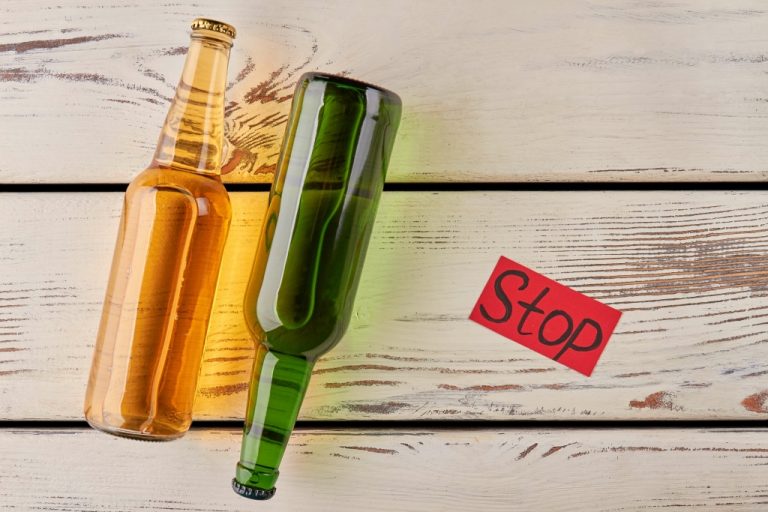BrACs of 20 g/dl and above are typically required to induce a blackout, thereby limiting the ability to safely dose research participants to the point of blackout. Finally, given the growing literature on alcohol-induced memory impairments and blackouts, a standardized assessment for alcohol-induced blackouts is sorely needed. Most of the existing research on alcohol-induced blackouts either uses a single item from the Rutgers Alcohol Problem Index or the investigator’s own description/definition of an alcohol-induced blackout. Moreover https://financeinquirer.com/top-5-advantages-of-staying-in-a-sober-living-house/ the frequency of occurrence for blackouts is currently measured in widely different ways, including dichotomous measures (e.g., Yes/No blackouts) and proportion of times drinking that blackouts were experienced (e.g., always, sometimes, never). In an effort to better characterize blackouts, researchers should collect detailed information about past and current alcohol consumption patterns, as well as other illicit drug use. Optimally, actual BrACs or blood draws could be collected to back-extrapolate peak BACs to the time of blackout.
- Fifteen studies examined prevalence and/or predictors of alcohol-induced blackouts.
- With treatment, most people will be able to continue their daily activities.
- Furthermore, UK definitions of binge-drinking suggest 6 or more units in any one session (for females, 8 units for males) constitutes a binge-drinking episode.
- The participants in the study cohort were well characterized, and the study outcomes had been prespecified and were independently adjudicated.
Blackout effects on your body
Numerous studies have investigated alcohol’s effects on the control of blood sugar levels in diabetics. Glycogen is a large molecule that consists of numerous glucose molecules and serves as a storage form of glucose in the tissues, particularly the liver. In the fasting state, as a first line of defense against hypoglycemia, glycogen is broken down into its constituent glucose molecules, which are secreted by the liver into the blood to maintain normal or near-normal blood sugar levels. Generally, the glycogen supply is depleted after 1 or 2 days of fasting.
Diabetes and Alcohol Consumption Dos and Don’ts
If they discover that you are “blackout drunk” and unresponsive, they should call 911. Even if it’s your first week at college with brand-new roommates, it’s critical that the friends you’re going to parties with know they can never let you just “sleep it off” if you pass out on the couch after a lot of alcohol. The more you drink, the more hours it takes for your body to deal with all of that alcohol. Then, take notes on what happens so you have a reference for next time. If you’ve already been diagnosed with conditions relating to your kidney or liver function, Harris says alcohol truly is something you should avoid entirely.
Learn more about smart insulin pen
The researchers found that the levels of vitamin E, an agent that in part is bound to LDL cholesterol and which may decrease the risk of cardiovascular disease, also are lower in alcoholics than in nonalcoholics. Those observations suggest that the reduced levels of vitamin E in alcoholics actually may have harmful long-term effects. First, alcohol-induced blackouts are amnestic periods, and as such, researchers are relying on self-report of alcohol consumption for a period of time that the individual cannot recall. As such, future research should use alternative methodologies to better understand the phenomenology of alcohol-induced blackouts.

2. Types of Alcoholic Blackouts
- An en bloc blackout is complete amnesia for significant events otherwise memorable under usual circumstances.
- Moreover, our deeply encoded items were presented within a sentence context, which we did not test memory for.
- In cases of severe alcohol intoxication, a person may need emergency assistance.
- They can still eat, walk, hold conversations, have sex, drive, and get into fights.
- Alcohol is dehydrating by nature, so making sure you’re drinking plenty of water and staying hydrated is important.
Therapeutic interventions for a hypoglycemic patient include oxygen if the patient is hypoxic and intravenous dextrose (D10). If the patient is noncooperative, it may be difficult Top 5 Advantages of Staying in a Sober Living House to initiate intravenous access. Glucagon administered intramuscularly may be easier to deliver in such circumstances, although it may take time for the medication to take effect.
- The cellular mechanism by which a context is generated has been partially elucidated by observation of ‘place cells’ in rodents.
- Avoid binge drinking, which is defined as consuming five or more drinks in about two hours for men, or four or more drinks for women.
- A 2006 study found that temporary memory loss caused by a fall in blood pressure (syncope) is a more likely cause of nonalcoholic-induced blackouts.
- People who are blacked out are likely to continue drinking because the substance jeopardizes their judgment.

